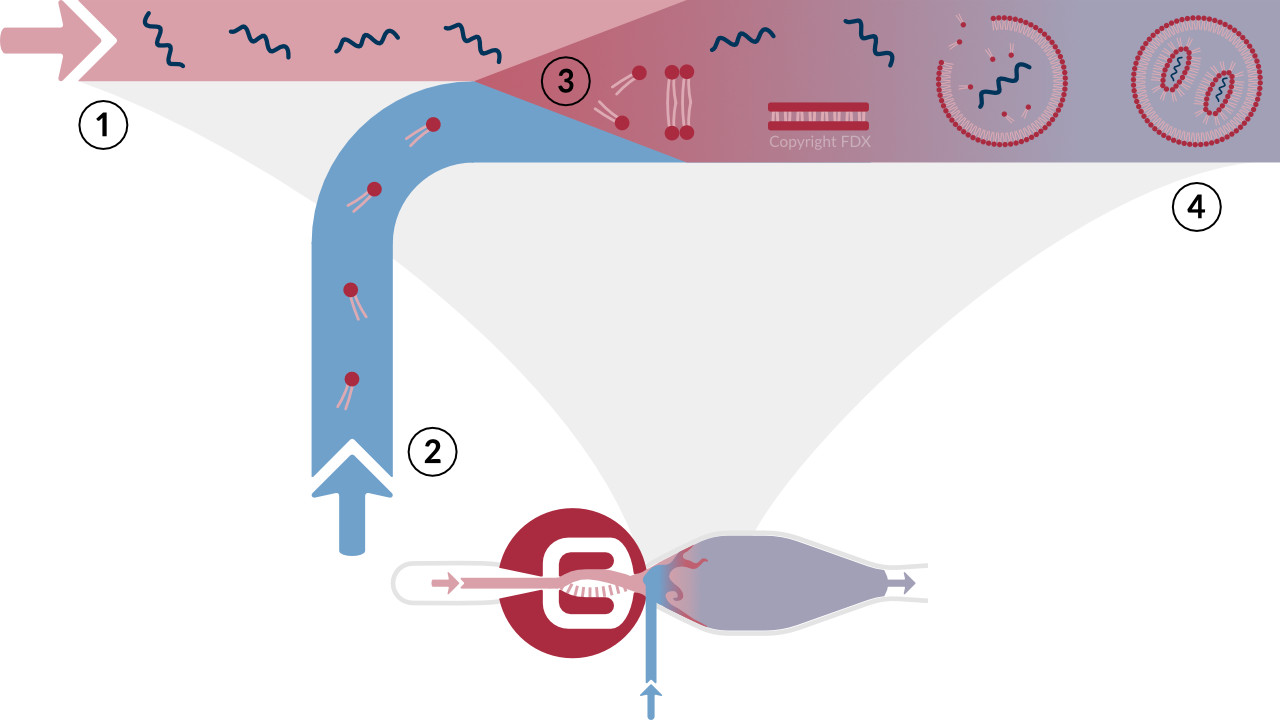Nanoparticles are small particles with a size between 1 and 100 nanometers. One nanometer corresponds to one millionth of a millimeter. For comparison, that’s about 80,000 times smaller than the diameter of a human hair. This is so tiny that the particles cannot be seen under a normal microscope. Nanoparticles can be made from a variety of materials (metals, semiconductors, polymers and organic compounds) and are used in a wide range of applications, including medicine, electronics, cosmetics, food, energy and the environment. Due to their size, nanoparticles have a high surface-to-volume ratio, which makes their chemical and physical properties significantly different from those of solids or larger particles of the same material. Among other things, this can be reflected in higher reactivity or a change in optical and magnetic properties. Furthermore, due to their small size, nanoparticles can more easily cross some body barriers, disperse throughout the body, and penetrate biological cells, making them particularly interesting as nanotransporters for medical applications.
During the COVID-19 pandemic, lipid nanoparticles in particular made headlines for their critical role in helping to contain the pandemic by acting as protective shells for labile RNA agents. Lipid nanoparticles, as the name suggests, are made from lipids. Phospholipids, cholesterol and fatty acids, among others, are used here. Depending on their size and composition, the nanoparticles can have different properties. They are often used as carriers for active ingredients, vaccines and genome-based therapies. Here, the particles serve on the one hand as a protective shell for the encapsulated active ingredient and on the other hand as a means of transport to deliver it specifically to its site of action. The targeted and long-term release of active ingredients can increase their efficacy on the one hand and reduce their side effects on the other. In addition to the encapsulation and transport of classical drugs, current research in the field of lipid nanoparticles is particularly focused on the encapsulation of RNA-based drugs, as used in mRNA vaccines against COVID-19. As this technology represents a promising therapeutic approach against cancer and infectious diseases.



